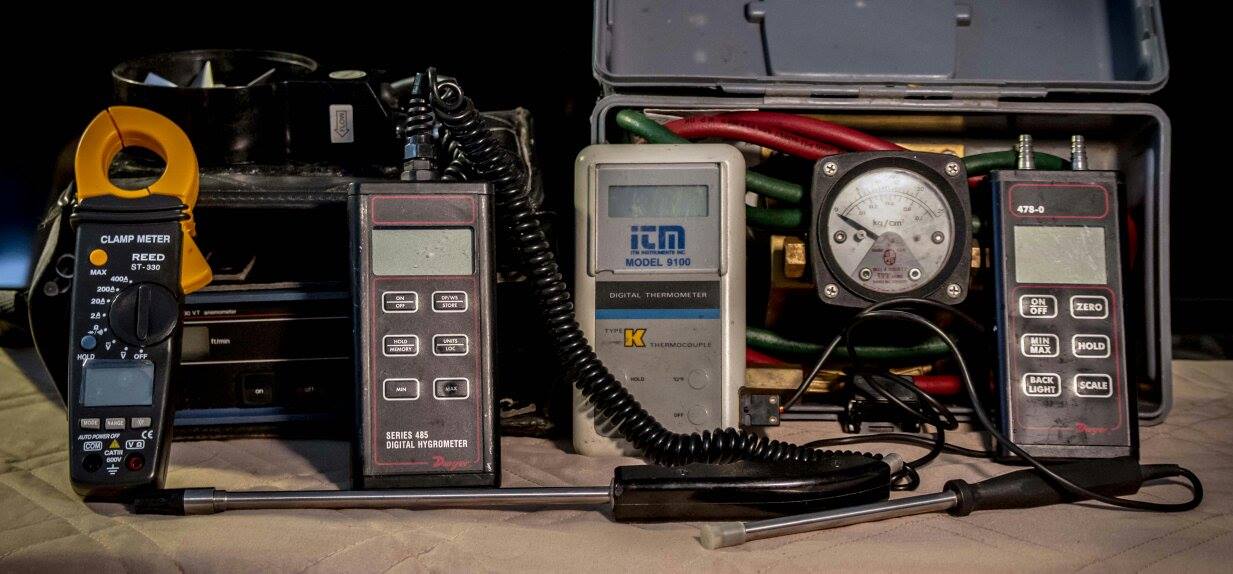Suspended Ceilings, Why suspended ceilings

Suspended ceilings speaks to why suspended ceilings, what are suspended ceilings and how to install suspended ceilings.
This is a ceiling which is suspended on wires some distance below the floor or roof structure that hangs level and flat despite varying sizes of girders, beams, joists, slabs above and even under a roof structure that slopes down toward roof drains.
Ducts, pipes and conduit can run freely in the plenum space between the ceiling and the structure above. Lighting fixtures, sprinkler heads, loudspeakers and fire detection devices may be recessed into the ceiling. Such a ceiling can also, at additional cost, serve as membrane fire protection for the floor or roof structure above, eliminating the need for fussy individual fireproofing of steel joists or imparting a higher fire resistance rating to wood or precast concrete structures.
For these reasons, these ceilings are a popular and economical feature in many types of buildings, especially office and retail structures.
Suspended ceilings can be made of almost any material. The ones most widely used are gypsum board, plaster and various proprietary panels and tiles composed of incombustible fibers. Each of these materials is supported on its own special system of small steel framing members that hang from the structure on heavy steel wires.
With automated fabrication of custom elements using computerized modeling techniques an expanded variety of panelized ceilings systems are becoming available to designers. These systems can economically produce panels made of sheet metal with an option of thin wood veneers, which are unique in appearance and shape, lightweight, non-combustible, easy to install and highly effective at reducing ambient noise levels.
Considerations
There are six accepted ways of supporting the hanging wires for these ceilings as below listed.
A pin is power driven into a concrete structure.
A corrugated sheet metal tab with a hole punched in it is nailed to the formwork before the concrete is poured. When the formwork is stripped, the tab bends down and the hangar wire is threaded through the hole.
A sharp dagger like tab of sheet metal is driven through the corrugated metal decking before the concrete topping is poured.
A sheet metal hook is hung onto the lap joints in the metal decking.
The hangar wire is wrapped around the lower chord of an open web steel joist.
The hanger wire is is passed through a hole drilled near the bottom of a wood joist. At the bottom of the page is a section through a furred, insulated plaster wall and a suspended plaster ceiling.
Return from Suspended Ceilings to Home Page
Return from Suspended Ceilings to Finish Ceilings
Hard copy and E book for sale. Introduction to Building Mechanical Systems. Click here.